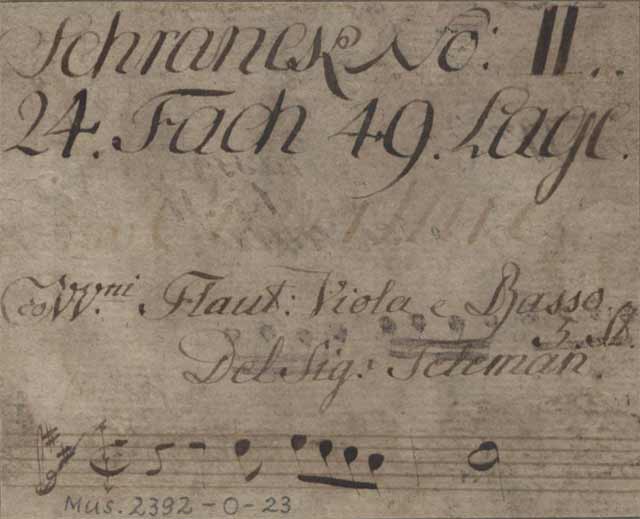During his long and productive life (1681-1767), Telemann became one of the most celebrated of baroque composers. His output was vast, ranging from operas and cantatas to concertos and intimate chamber works.
One of his most charming pieces is the programmatic Don Quixote suite for strings and continuo. The suite opens conventionally enough, with a formal French-style baroque overture. The movements which follow, however, depict different scenes from the adventures of Don Quixote, Cervantes’ famous knight, and his squire, Sancho Panza.
It begins with the “Awakening of Don Quixote,” with string drones evoking sleep, followed immediately by the “attack on the Windmills,” with furiously rushing string passages. “Sighs for Princess Aline” features accented descending eighth notes characteristic of 18th-century passages evoking “tender” emotions. “Sancho Panza Swindled” has a rough peasant atmosphere, depicting the squire being tossed in a blanket. “Rosinante Galloping” evokes the smooth stride of Don Quixote’s horse, while “The Gallop of Sancho Panza’s Mule” shows the ungainly “start-stop” step of the squire’s transport. The Suite closes with “Don Quixote at Rest,” also featuring string drones.
Don Quixote Suite for Strings and Continuo
By Georg Philipp Telemann






